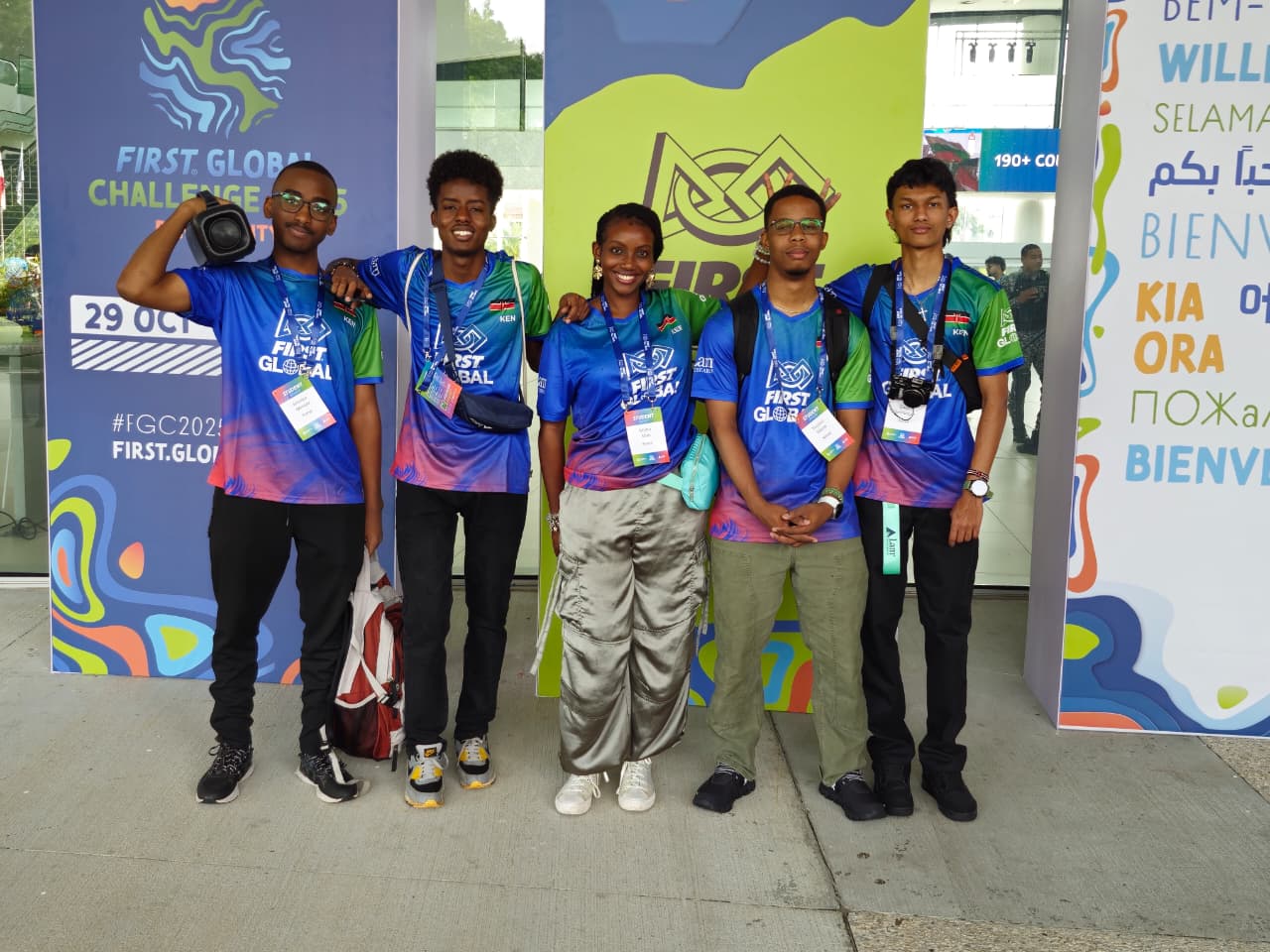On the day of writing this article (14.04.2020) there have been over 15 300 confirmed cases of COVID-19 in 52 African countries. Why is this information so important? Because the outbreak of this particular disease is so dynamic that all the data changes from day to day bringing higher and higher figures. The first cases of COVID-19 were spotted in China. Within several weeks the country was overwhelmed by a pandemic and the whole world was watching from the far, not really aware of what would happen next. Then, when China was overcoming the crisis by social distancing, isolation and strict limitations regarding the everyday life of the country’s citizens, Europe has observed its first cases of the disease. What seemed to be a problem of a distant Asian country, out of the sudden became a lethal threat to Western society. Many countries chose to close their borders, introduce quarantine for the incomes and put on hold many activities. Some of them tried to create social immunology by exposing their citizens to the virus, but a majority of them made a step back overwhelmed by the scale of infections.
While COVID-19 was taking its first toll in Europe and rapidly entering both Americas, many eyes were turning towards Africa with fear of how this pandemic would affect the continent. Countries well known for their exceptional healthcare service like France almost collapsed under the pressure of a rapidly growing number of cases. Italian doctors were forced to make a choice between their patients and leave those over 80 without treatment. How would those with a less developed medical infrastructure deal with such a burden? To continue, most cases were observed in South Africa and the northern part of the continent. Still, the numbers are far from the statistics from the other parts of the globe. The question is: why are the numbers this much lower there? The first thing that comes to mind is a limited access to good quality tests. In countries like Germany, medical services run over 60k tests per day. Although the number of COVID-19 positive people is reported to be relatively high, it might be the most accurate datum from among all the countries affected by this pathogen. As for comparison, Tunisian services run 800 tests per day. Therefore, there is a large probability, that the unconfirmed number of cases might be way higher, not only in northern Africa, but also all across the continent.
Someone said that COVID-19 is spread by rich people, and the poor are the ones who suffer. This statement, although slightly exaggerated, carries a seed of truth. The virus first appeared in China, but it was spread throughout the world by people who can afford long-distance travelling. However, the individuals, who usually are exposed, are those who inhabit large city agglomerations and cannot afford protection, or have poor access to medical care. Some people might say that most of African society lives in rural areas, so the contamination there would be more difficult. However, they forget about the rapid demographic growth throughout the continent and the increasing number of inhabitants of large cities. Moreover, people can travel dozens of miles to get to work. Therefore, Africa is as much exposed to coronavirus as any other region of the world. Most of the African governments took the threat seriously and introduced limitations in people’s circulation. Almost all of them closed schools, forbade gatherings and blocked borders. Many of them require obligatory quarantine from all the incomers. The scale of action differs from country to country. Some of them, like Mozambique, introduced the state of emergency. Others, like Tanzania, allow commercial activity, but closed educational institutions and sealed the borders; whereas their neighbor, Uganda, immobilized public transport and announced a complete country lockdown that will last for at least three weeks. All those measurements seem to be copied from European countries in order to slow down the spreading of the disease. On the other hand, are these solutions fit for African conditions? According to Mrs Jagoda Nowak, a Polish scientist based in Uganda, absolutely not.
Uganda cannot afford a complete lockdown. People live here form hand to mouth. It’s not like in Europe, where many have fixed salaries, savings and social care. Here either you go out and earn those 5 USD to pay your daily meals or not. No public transport doesn’t mean no circulation. People are still in the streets, the difference is that now they travel long distances on their feet. They are gathering so the protection against the virus is close to zero. However, the real threat for this society is not the pathogen itself but hunger that will come if the lockdown is maintained. There will be riots and social instability. Yes, safety measures are needed but have to be introduced in a whole different manner. We have to remember that African society is much younger than European. Therefore, the group of risk is much smaller there. In my opinion, the isolation should be proposed to the elders and those, who suffer from other diseases that make them more vulnerable. The rest of the citizens should be allowed to work as the consequences of this stagnation can be tragic.
The fact is that the only country that seems to have overcome the pandemic is the country of its origin – China. The rest of the world is now experimenting in vivo and trying to balance between social security, health and economy. There is no ready solution, perhaps copying the same methods everywhere can work, perhaps can lead to disaster, As for today (14.04.2020) the final is still unknown.




